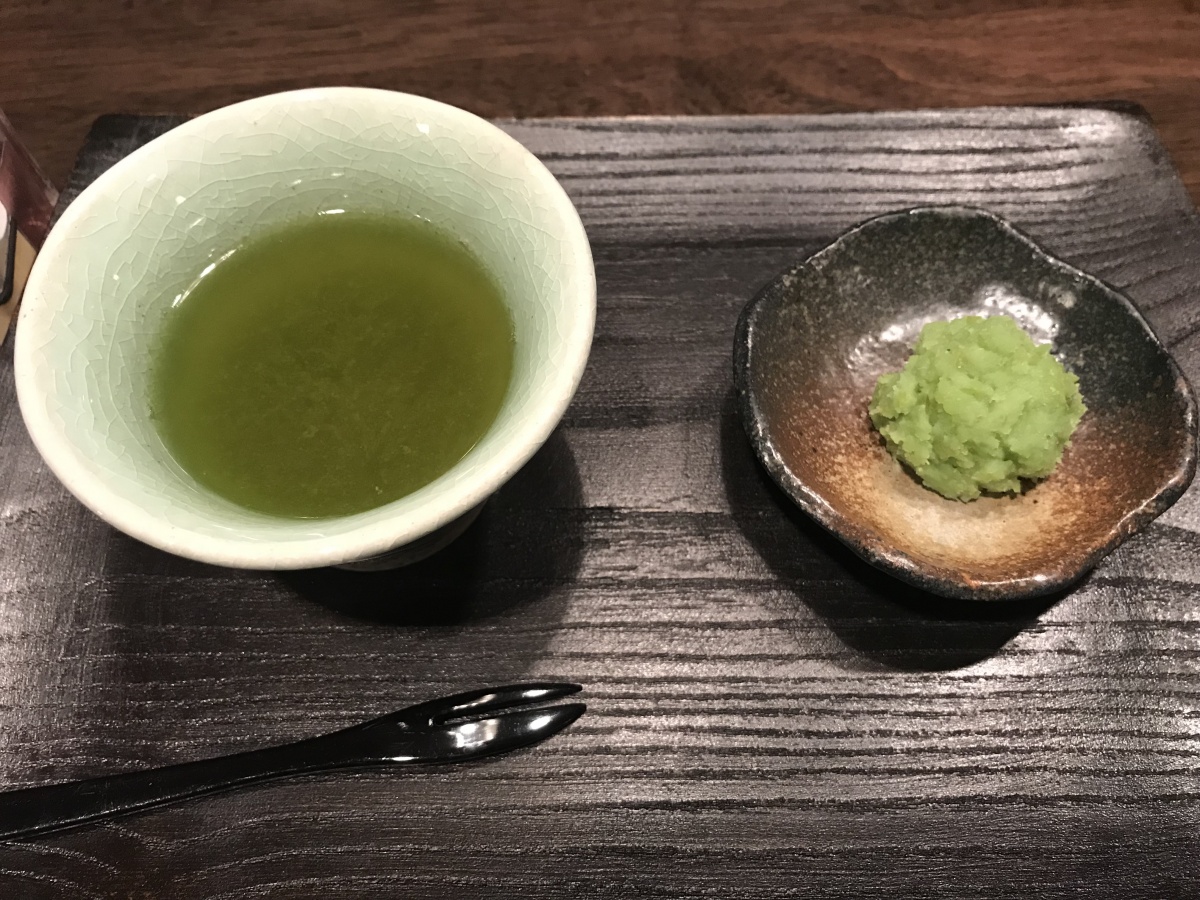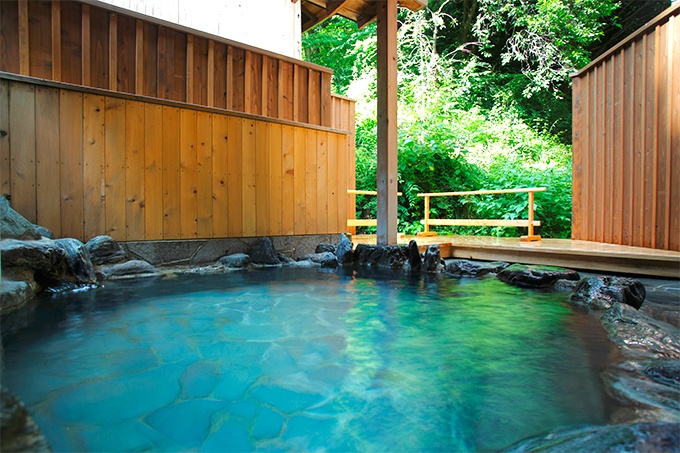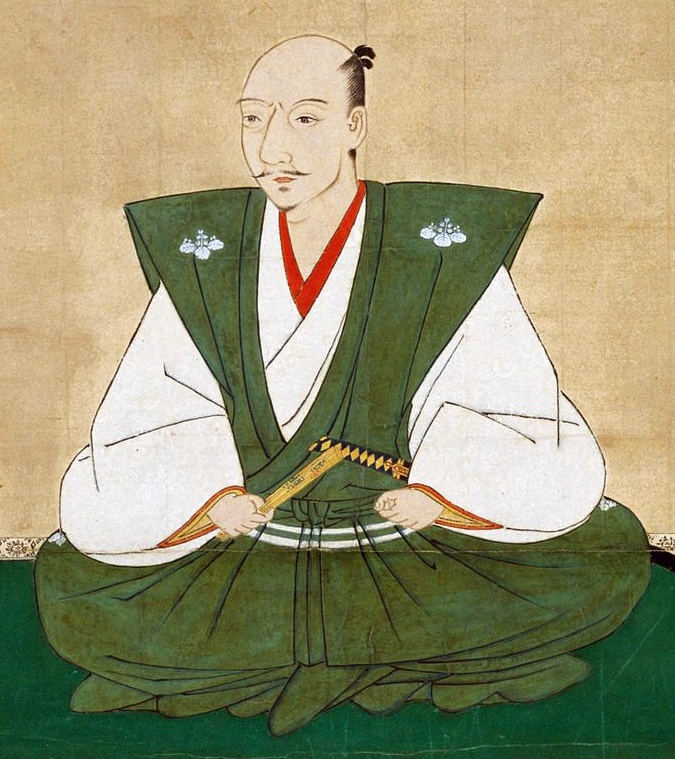Encounter History & Nature in Magical Miyagi
It’s amazing to think that after 17 years living in Japan and numerous trips to the Tohoku area, I’d never been to Miyagi. In fact, Sendai’s famous Tanabata Festival is on my bucket list. This winter, I decided to get away from Tokyo and spend quality time in the beautiful and mountainous Miyagi.
By Marky StarYunushi Ichijo — Traditional & Elegant Onsen
After spending all that time on the side of a cold and windy mountain, it was time for a long hot bath and a fresh cooked meal. From here we made our way to Shiroishi, specifically the town known as Kamasaki Onsen, a hot spring town that is home to five ryokan. Our destination was the oldest and most prestigious in the area, Yunushi Ichijo.

At first glance, Yunushi Ichijo looks like any high-class ryokan. But what sets this traditional inn apart is its long history. In fact, the main wooden building and connected building—built without using any nails in the 1930s—and an Edo Period kura, or fireproof storehouse, are all designated as Tangible Cultural Properties. While I was personally stoked to see these buildings, I was still feeling chilled to the bone from our time outside with the snow monsters. After enjoying a complimentary zunda mochi and hot cup of green tea, it was time to switch into a yukata (cotton kimono) and head down to the onsen.

After thoroughly washing up in the indoor bathing area, we headed out to the open-air bath. It had begun to snow quiet heavily, so we could soak in the natural hot spring water and watch the snow accumulate on the tall trees in the surrounding forest. Tohoku is famous for its snowfall, and this is the perfect way to enjoy it, just soaking in the natural hot water.

After the bath, it was time for dinner at Yunushi Ichijo’s ryotei, a traditional Japanese restaurant with private rooms, in the historical wooden main building. We were presented with a multiple course dinner called kaiseki. They brought us a variety of dishes with everything from sashimi, to nabe (hot pot), to steak. It was all delicious and the presentation was impeccable.

After such a delicious meal, it was back to the open-air bath to relax once more. However, I had to be careful about the time. The owner of this historical facility agreed to meet with me at nine o’clock to tell me about the history of this place and his family’s connection to it and the Kamasaki Onsen area. I didn’t want to miss out on an opportunity to hear a great story!

First, the owner introduced himself to me as Ichijo Ippei, the 20th successor to this branch of the Ichijo clan and therefore the 20th successive owner of Yunushi Ichijo. He went on to explain that for 20 generations, upon becoming head of the family and owner of the ryokan, the male successors would change their given names to Ippei—meaning there are 19 owners before him sharing the same name. Instantly, I realized this family had a high pedigree, treasured its proud lineage, and valued traditional Japanese ways.

Mr. Ichijo started his story with a simple question, “Have you heard of the Battle of Okehazama?” Of course, I knew this battle. It set the stage for the most dramatic conclusion of Japan’s Warring States Period—the rise of the Three Great Unifiers. In this battle, a samurai warlord named Oda Nobunaga took on another warlord named Imagawa Yoshimoto in 1560. Imagawa had his sights set on Kyoto and was receiving substantial backing from a few powerful families in the Imperial court. One of the noble families supporting him was the Ichijo clan. Ultimately, Oda Nobunaga was victorious and began his meteoric rise to becoming the most powerful samurai in Japan. However, he was a ruthless and unpredictable guy. The courtiers and other supporters of the Imagawa faction had to go into hiding. Some members of the Ichijo clan left their ancestral lands in Kyoto and escaped to the distant mountains of eastern Tohoku—pretty much as far away as they could get.






